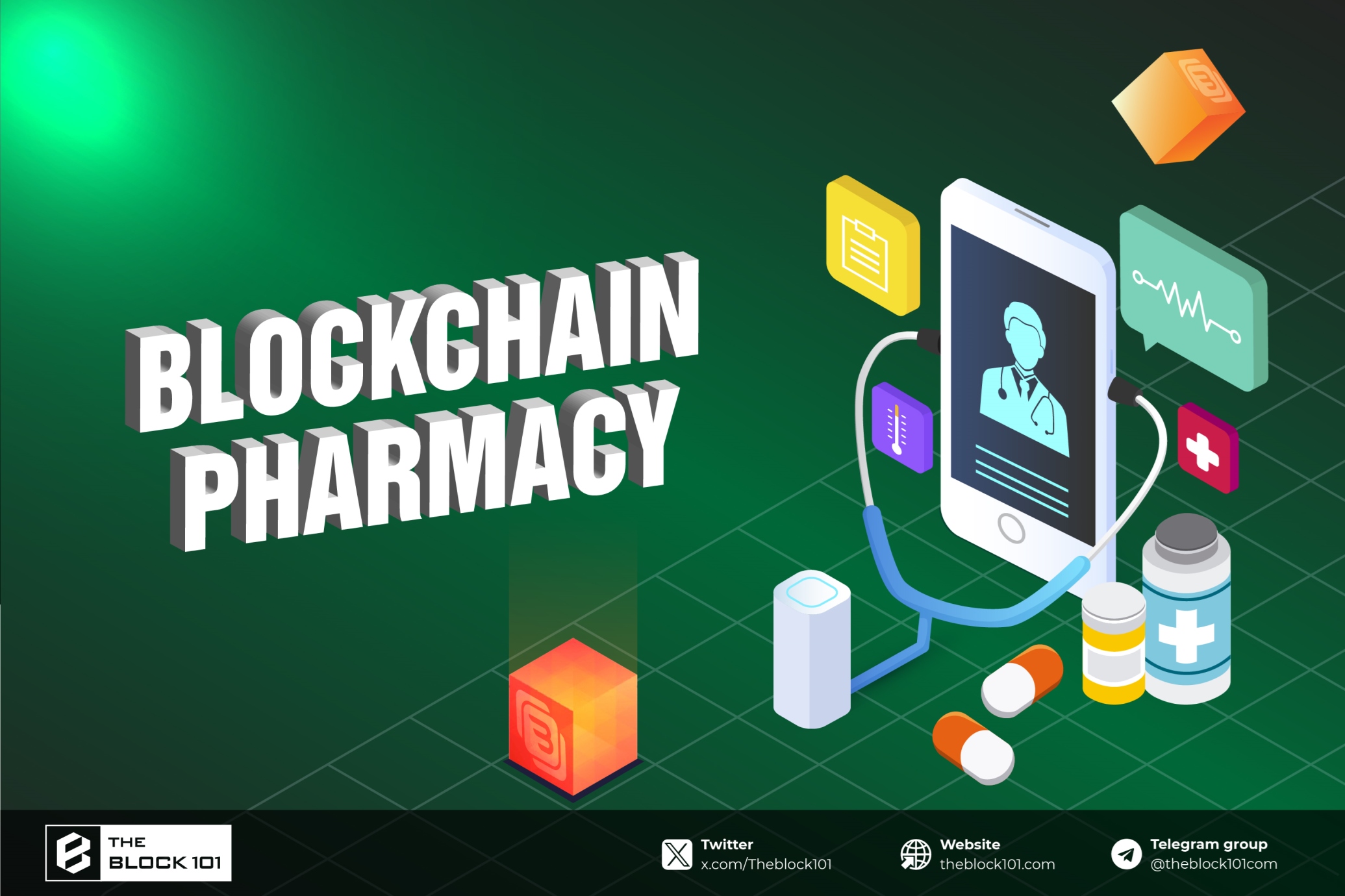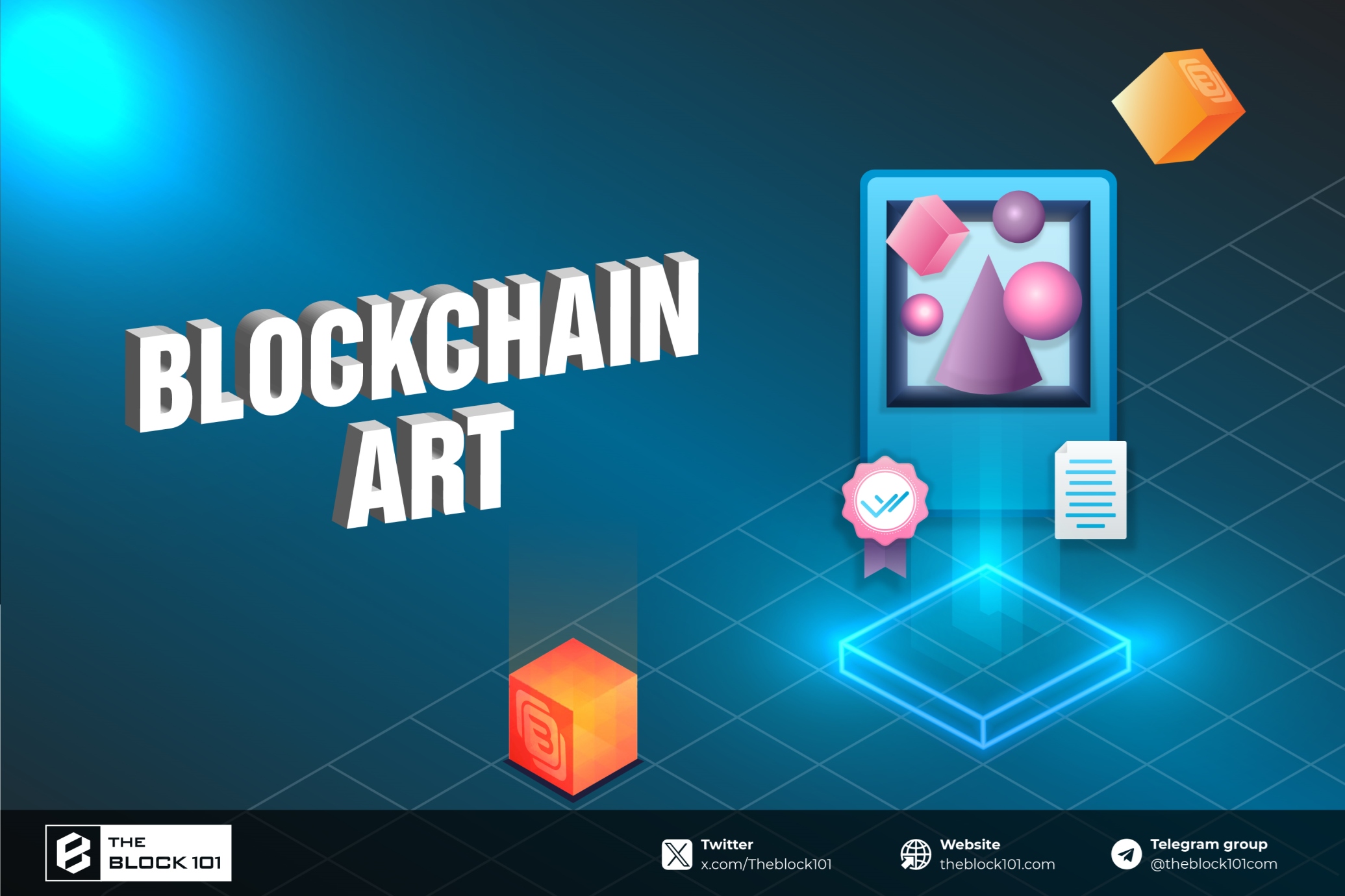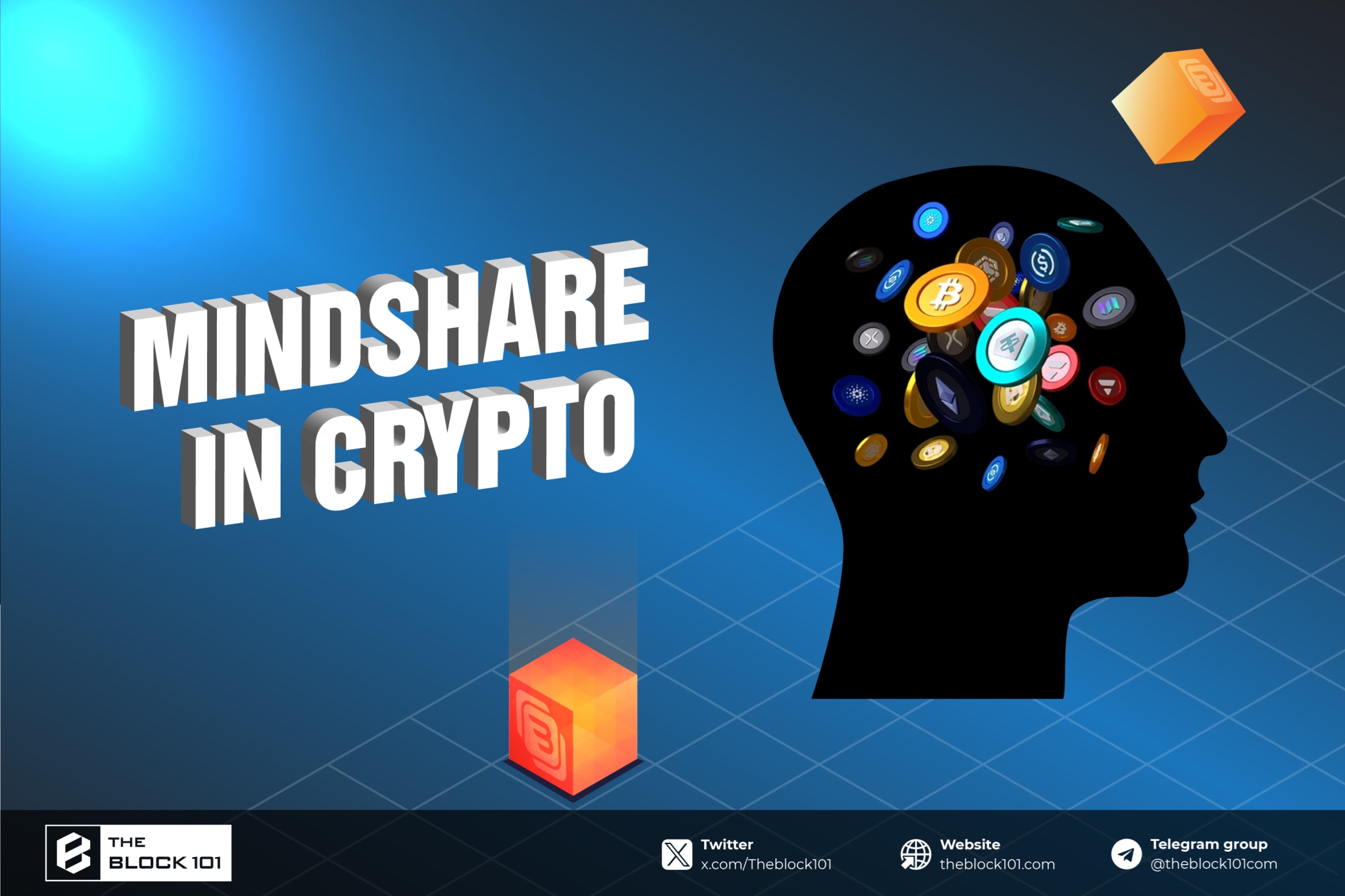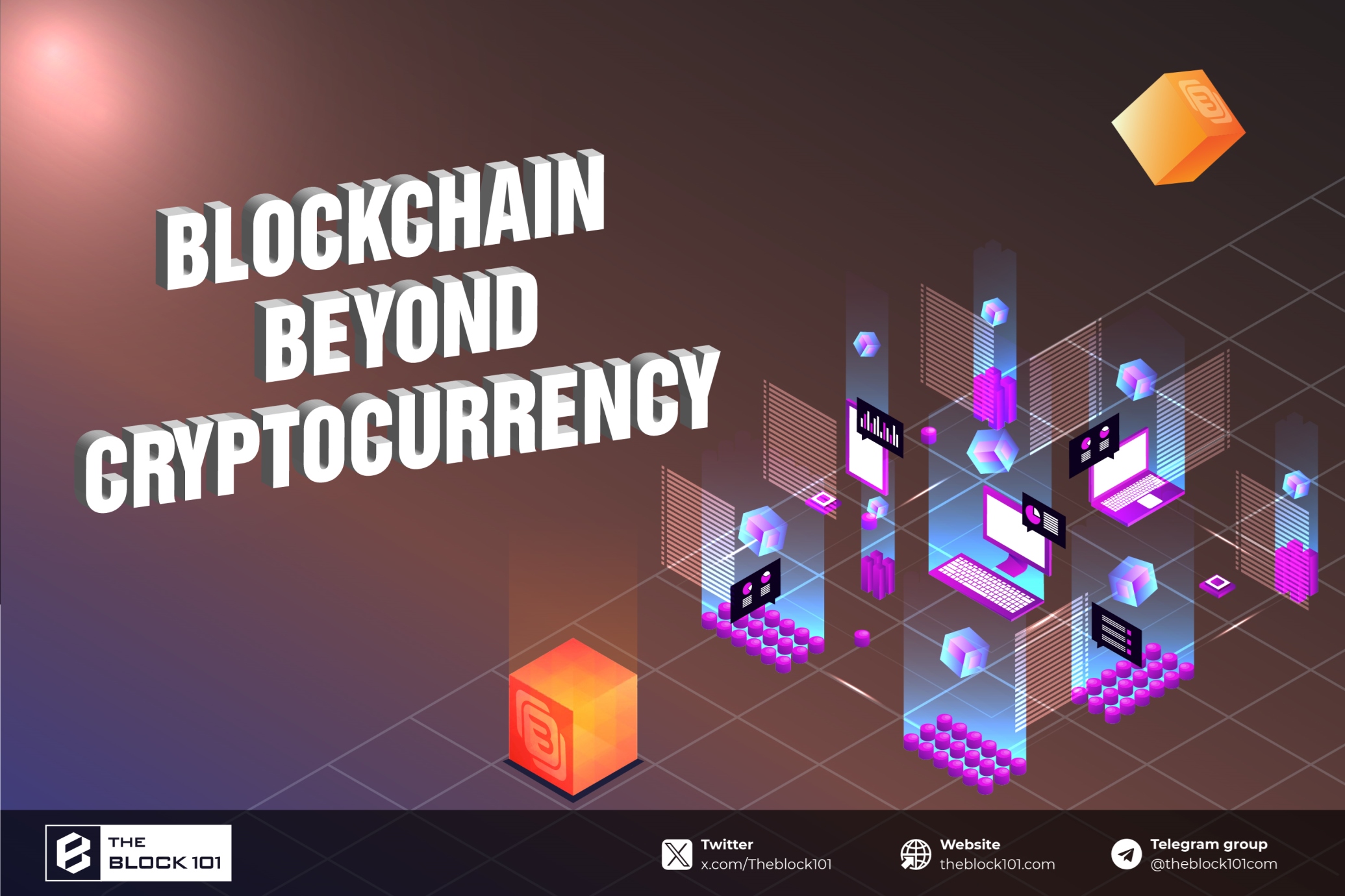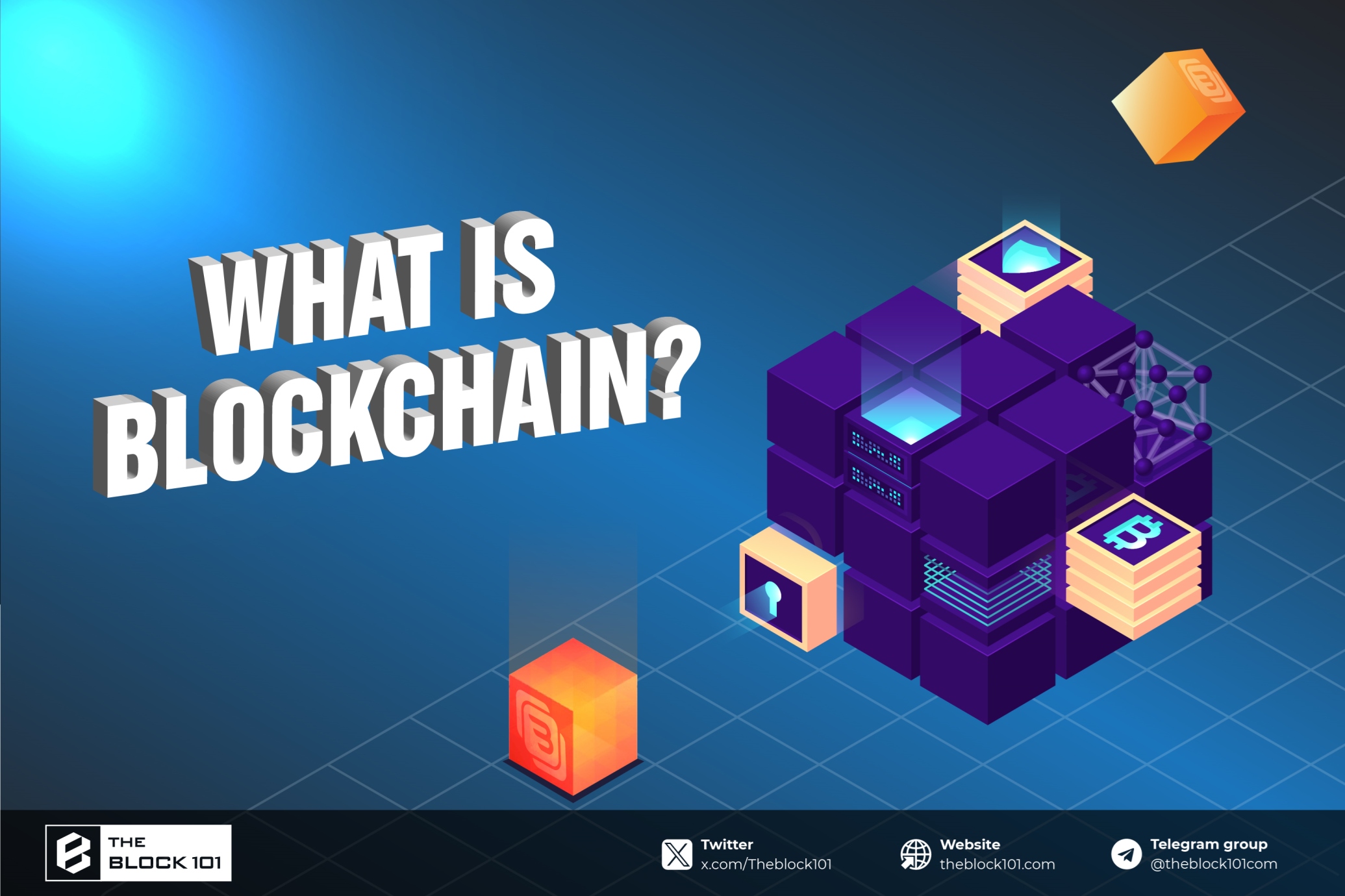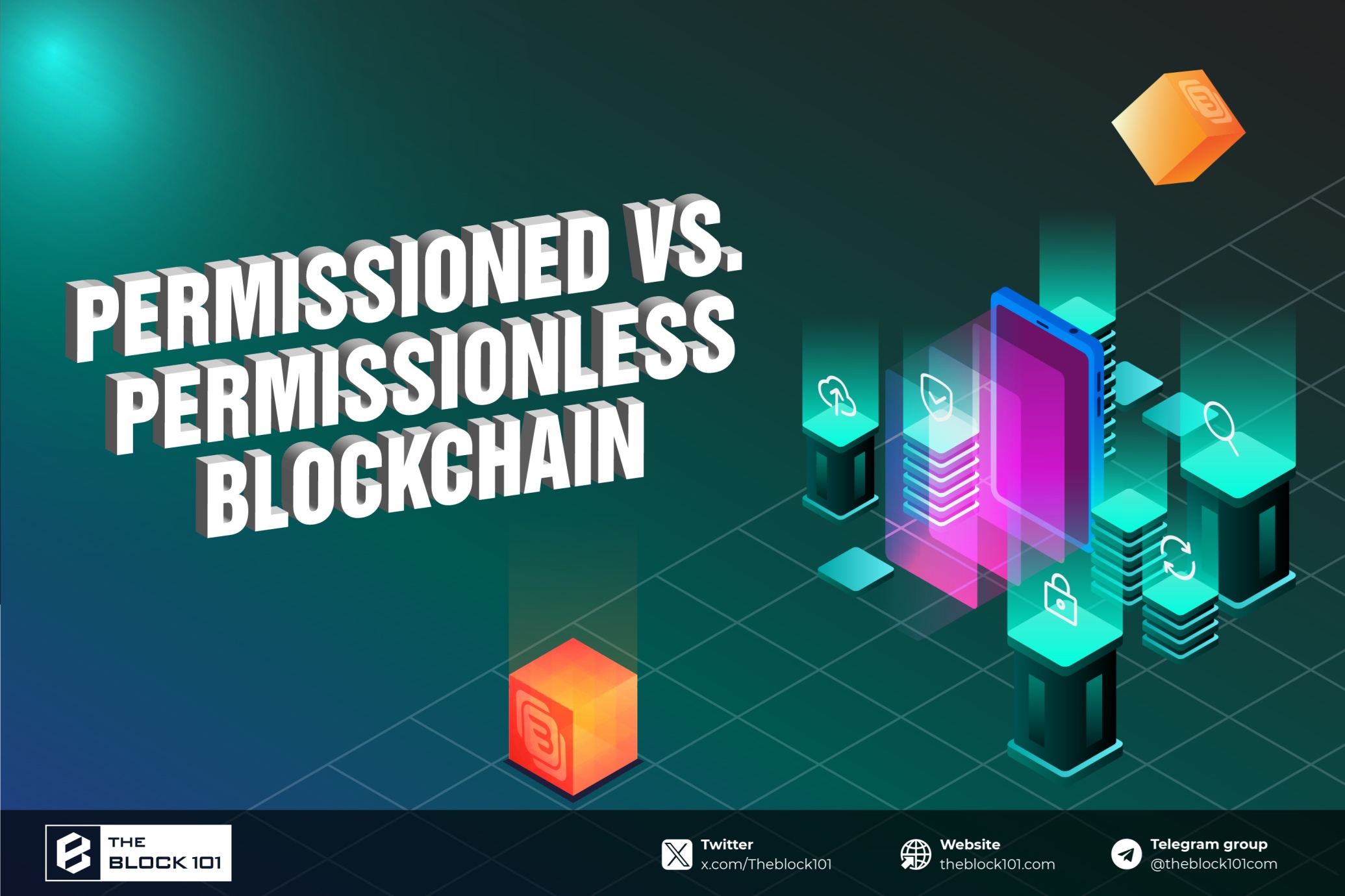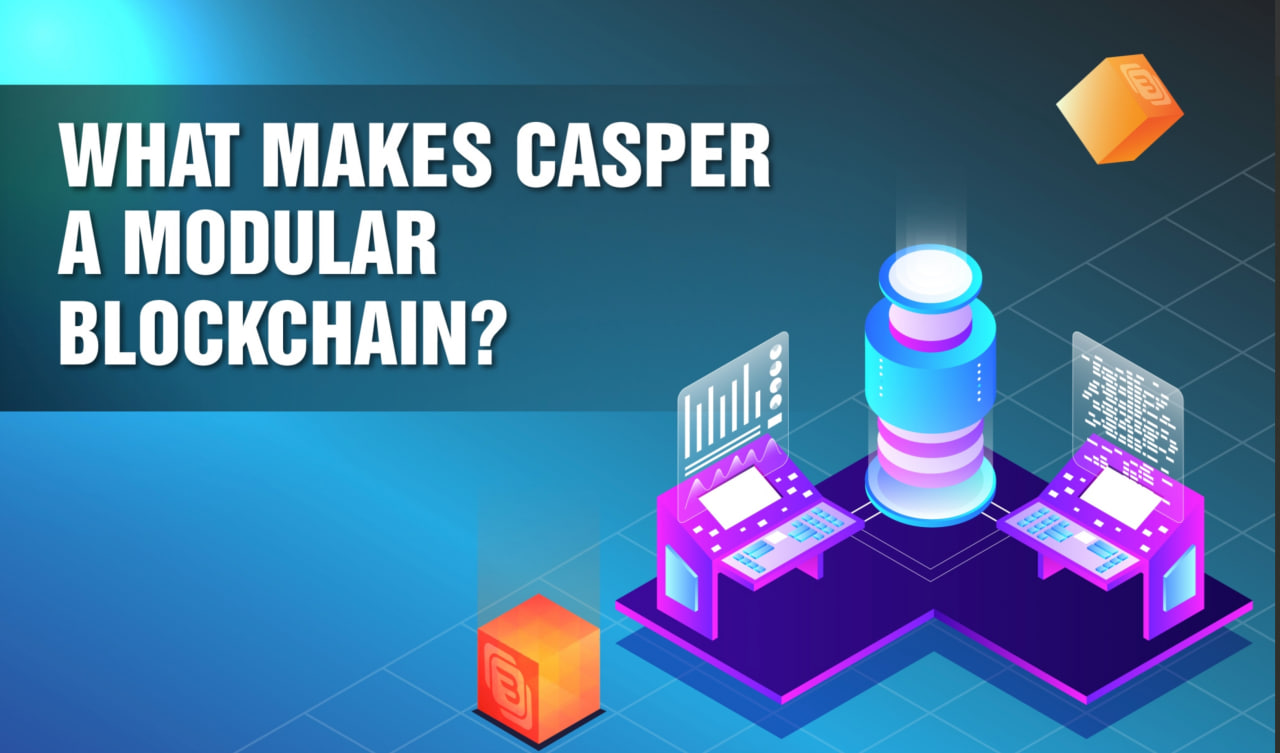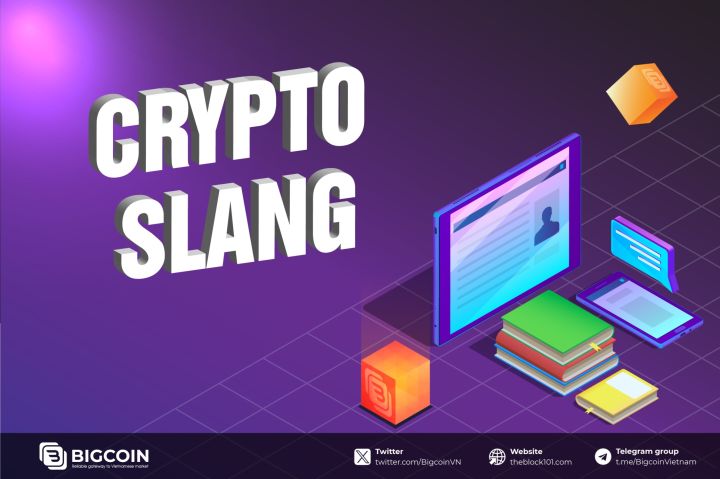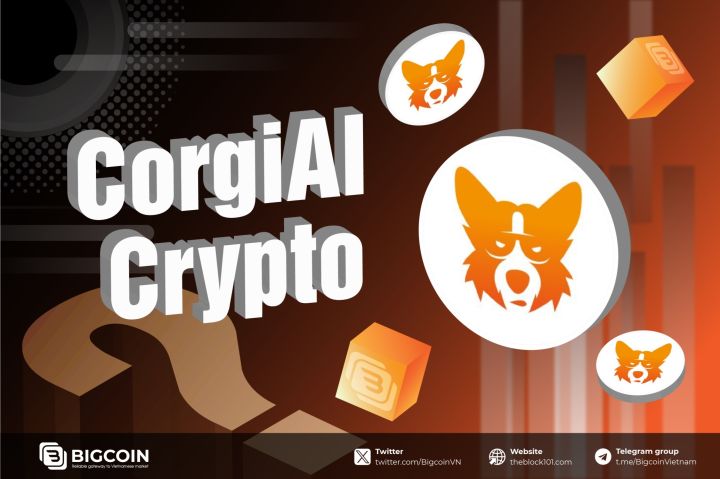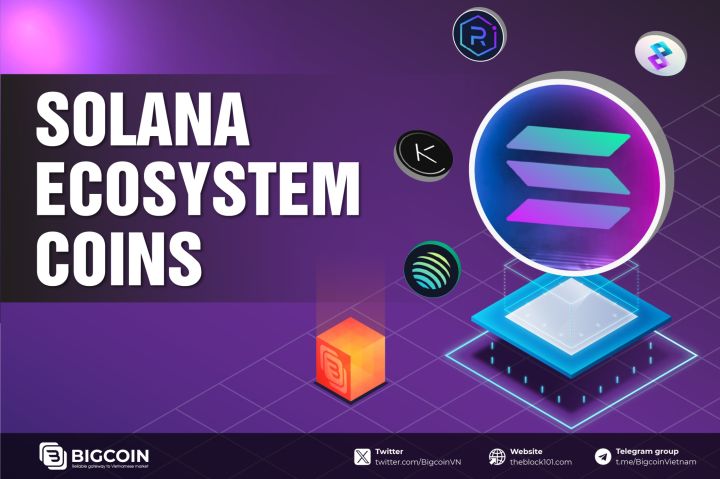1. What are Web3 DApps?
1.1. What is Web3?
Web3, or the third generation of the web, is a vision for a more open, decentralized internet. Unlike the current web (Web2), which is dominated by large, centralized entities, Web3 aims to distribute power among users and eliminate the need for intermediaries. This is achieved through blockchain technology and cryptographic protocols, which provide a secure and transparent foundation for various applications.
1.2. What are DApps?
DApps (Decentralized Applications) are software applications that run on a decentralized network. Unlike traditional applications that run on centralized servers, DApps leverage blockchain technology to function on peer-to-peer networks. This decentralization offers several advantages, including increased security, transparency, and resistance to censorship.
1.3. What are Web3 DApps?
Web3 DApps are software applications that run on decentralized networks, primarily blockchain technology. Unlike traditional applications that rely on centralized servers, DApps operate on a peer-to-peer network, ensuring that no single entity has control over the entire system. This decentralization provides numerous benefits, including enhanced security, transparency, and resilience against censorship.
2. Key characteristics of Web3 DApps
To understand Web3 DApps better, let's delve into their key characteristics:
-
Decentralization: As the name suggests, DApps are decentralized. They use blockchain technology to distribute data and processing power across a network of nodes. This eliminates the need for a central authority, making the system more secure and resistant to single points of failure.
-
Transparency: Transactions and operations within DApps are recorded on a public ledger, typically a blockchain. This ensures that all actions are transparent and verifiable by anyone, enhancing trust among users.
-
Security: The decentralized nature of DApps, coupled with cryptographic security measures, makes them highly resistant to hacking and fraud. Data is stored across multiple nodes, reducing the risk of data breaches.
-
Incentivization: Many DApps incorporate tokens or cryptocurrencies as incentives for users and contributors. These tokens can be used for various purposes, such as accessing services, voting on proposals, or rewarding users for their participation.
-
Autonomy: DApps often operate through smart contracts, which are self-executing contracts with the terms of the agreement directly written into code. These smart contracts automate processes and reduce the need for intermediaries.
3. How do Web3 DApps work?
Web3 DApps function through a combination of blockchain technology, smart contracts, and peer-to-peer networks. Here's a simplified breakdown of how they work:
-
Blockchain: The backbone of Web3 DApps is the blockchain, a decentralized ledger that records all transactions and operations. Popular blockchains for DApps include Ethereum, Binance Smart Chain, and Solana.
-
Smart contracts: Smart contracts are self-executing contracts with the terms encoded into the blockchain. They automate processes and ensure that all participants adhere to the agreed-upon rules. For instance, in a decentralized finance (DeFi) application, a smart contract can automatically execute a loan agreement when certain conditions are met.
-
Peer-to-peer network: DApps rely on a network of nodes that collectively maintain the blockchain. These nodes validate transactions and maintain the integrity of the system. The decentralized nature of the network ensures that no single entity has control over the entire system.
-
Front-end interface: While the backend of a DApp is decentralized, the front-end interface can resemble traditional applications. Users interact with the DApp through web or mobile interfaces, often using wallets like MetaMask to manage their digital assets.
4. Advantages and disadvantages of Web3 DApps
4.1. Advantages
Web3 DApps offer numerous advantages over traditional applications, making them a compelling choice for various use cases:
-
Enhanced security: The decentralized architecture and cryptographic security measures make DApps highly resistant to hacking and data breaches.
-
Transparency and trust: The use of public blockchains ensures that all transactions and operations are transparent and verifiable, fostering trust among users.
-
Censorship resistance: Since DApps operate on decentralized networks, they are less vulnerable to censorship and government interference.
-
User empowerment: DApps often provide users with more control over their data and digital assets. Users can participate in governance and decision-making processes through token-based voting systems.
-
Innovation and interoperability: The open nature of blockchain technology encourages innovation and interoperability. Developers can build on existing protocols and create new applications that seamlessly interact with one another.
-
Decentralized: Thanks to operating through smart contracts, not subject to control and manipulation.
4.2. Disadvantages
While Web3 DApps offer numerous benefits, they also face several challenges:
-
Scalability: Many blockchain networks struggle with scalability issues, limiting the number of transactions they can process. This can lead to high fees and slower transaction times during periods of high demand.
-
User experience: The complexity of interacting with blockchain technology can be a barrier to mainstream adoption. Improving the user experience and making DApps more accessible is crucial for their widespread use.
-
Regulatory uncertainty: The regulatory landscape for blockchain and cryptocurrencies is still evolving. DApps must navigate varying regulations across different jurisdictions, which can impact their development and adoption.
-
Security risks: While blockchain technology is inherently secure, smart contracts can have vulnerabilities. Bugs or exploits in smart contracts can lead to significant financial losses.
5. Popular use cases of Web3 DApps
Web3 DApps have the potential to revolutionize a wide range of industries. Here are some notable use cases:
-
Decentralized finance (DeFi): DeFi is one of the most prominent applications of Web3 DApps. It encompasses a variety of financial services, including lending, borrowing, trading, and yield farming, all conducted on decentralized platforms. DeFi eliminates the need for traditional financial intermediaries, providing more inclusive and efficient financial services. Some prominent DeFi applications such as Aave, MakerDAO,...
-
Non-fungible tokens (NFTs): NFTs are unique digital assets that represent ownership of a specific item or piece of content, such as art, music, or virtual real estate. DApps enable the creation, trading, and ownership of NFTs, giving creators new ways to monetize their work and engage with their audience.
-
Supply chain management: Web3 DApps can enhance transparency and traceability in supply chains. By recording every step of the supply chain on a blockchain, businesses can ensure the authenticity and origin of products, reduce fraud, and improve efficiency.
-
Gaming: Blockchain-based games, or GameFi, leverage DApps to provide players with true ownership of in-game assets. Players can buy, sell, and trade items across different games, creating new economic opportunities within virtual worlds. For example, there are some famous games such as Axie Infinity, Backwoods,...
-
Social media: Decentralized social media platforms aim to give users more control over their data and content. These platforms operate without centralized servers, reducing the risk of data breaches and censorship while enabling users to monetize their contributions.
-
Web3 wallets: A Web3 wallet is a digital wallet that allows users to manage their cryptocurrency assets, interact with decentralized applications, and participate in blockchain-based ecosystems. Unlike traditional digital wallets, which are often controlled by centralized entities, Web3 wallets provide users with full control over their private keys and funds.
6. Conclusion
Web3 DApps represent a significant shift in how we interact with digital applications, offering enhanced security, transparency, and user empowerment. While there are challenges to overcome, the potential benefits and use cases of Web3 DApps are vast and varied. As blockchain technology continues to evolve, Web3 DApps are poised to play a crucial role in shaping the future of the internet, creating a more decentralized, user-centric digital landscape.
Read more:
- What is DApp? Learn all about decentralized applications (DApps)
- What is Smart Contract? Application of smart contract in Blockchain
- Exploring the world of DApps: Top examples and their impact

 English
English Tiếng Việt
Tiếng Việt.jpg)


